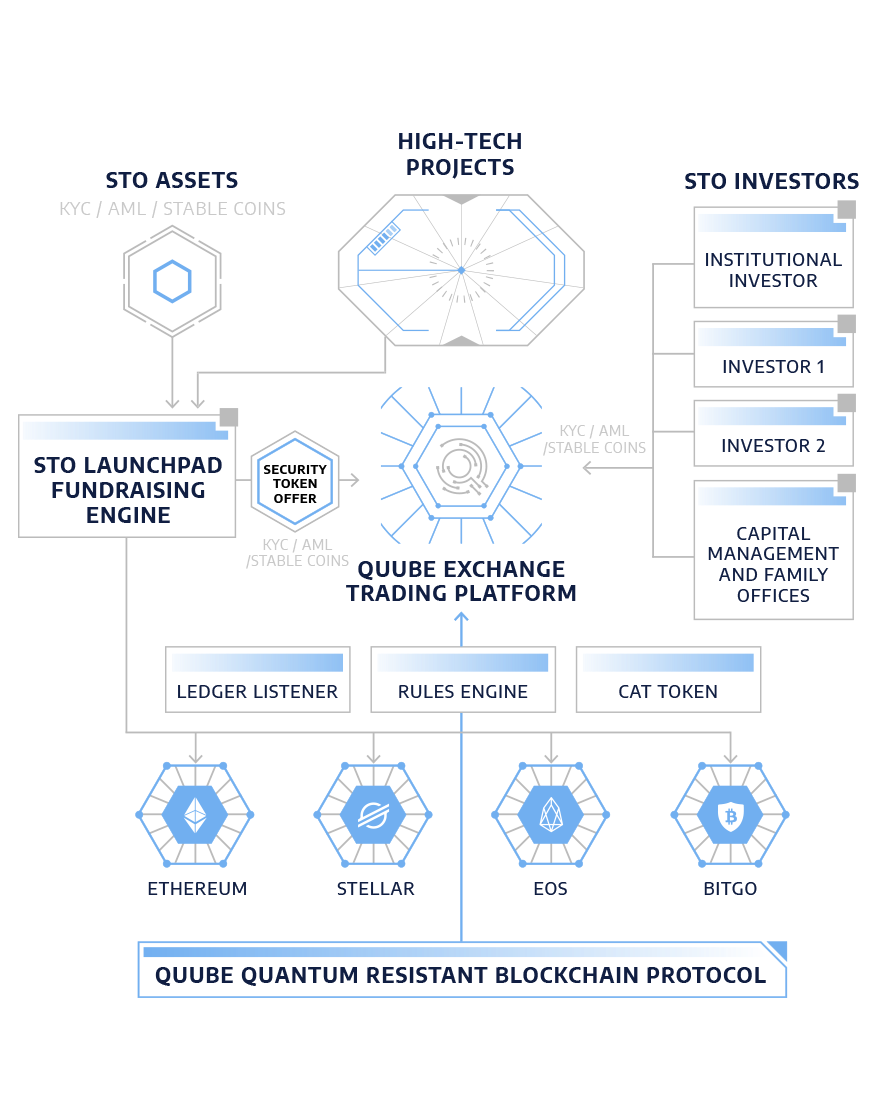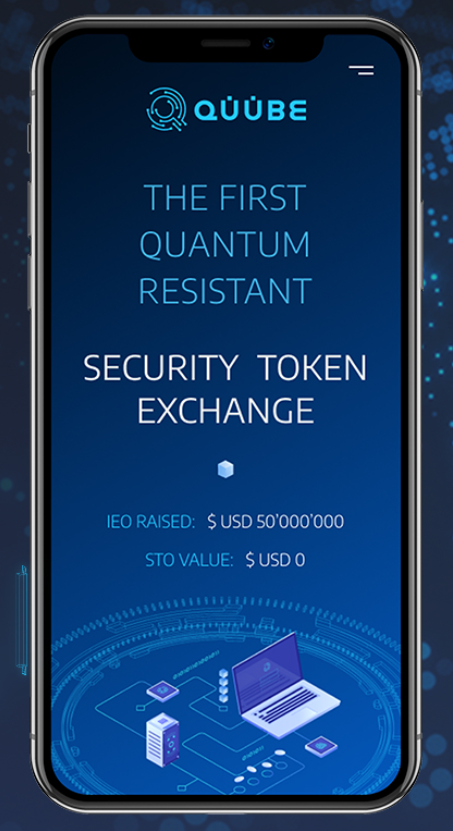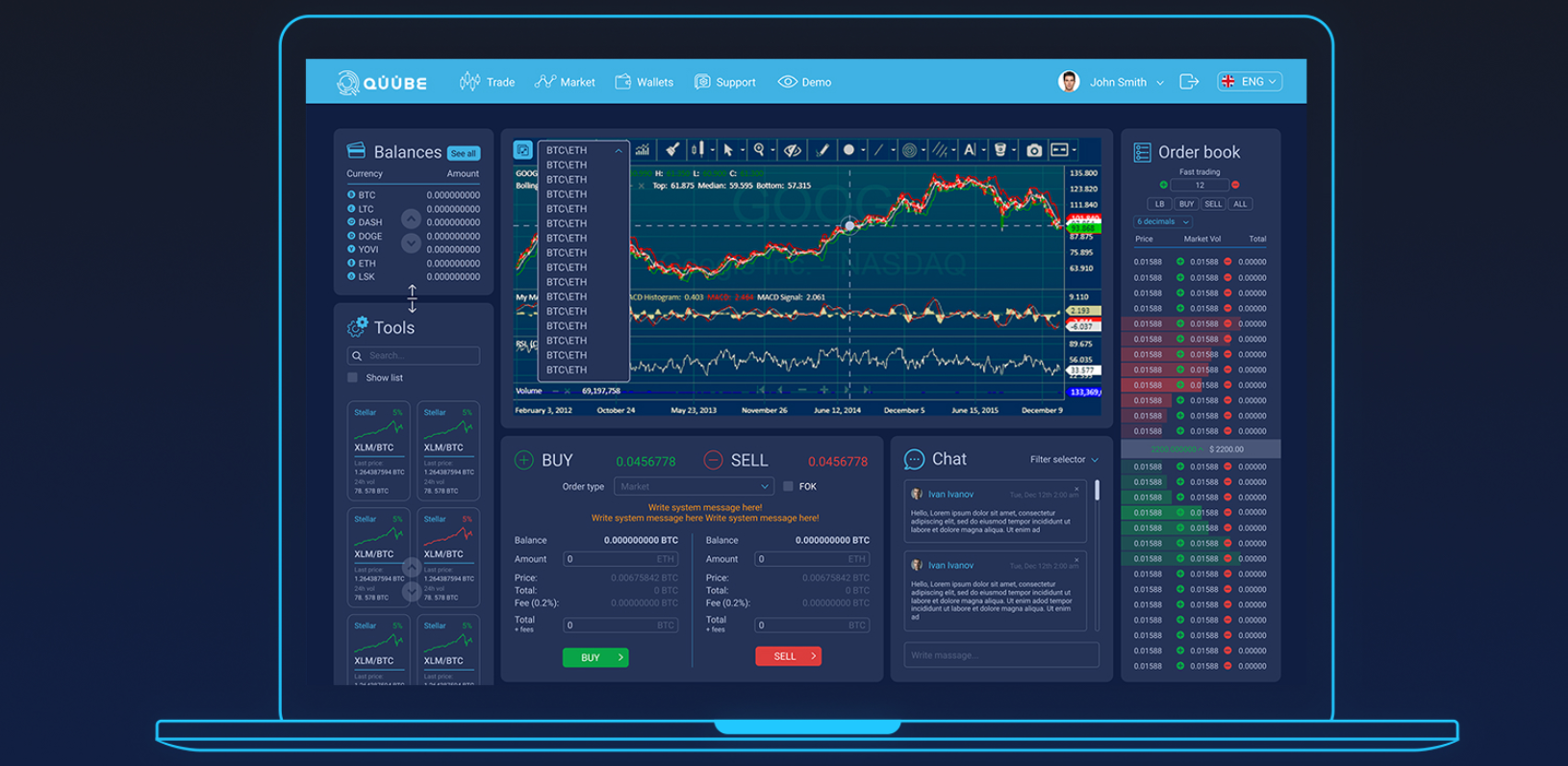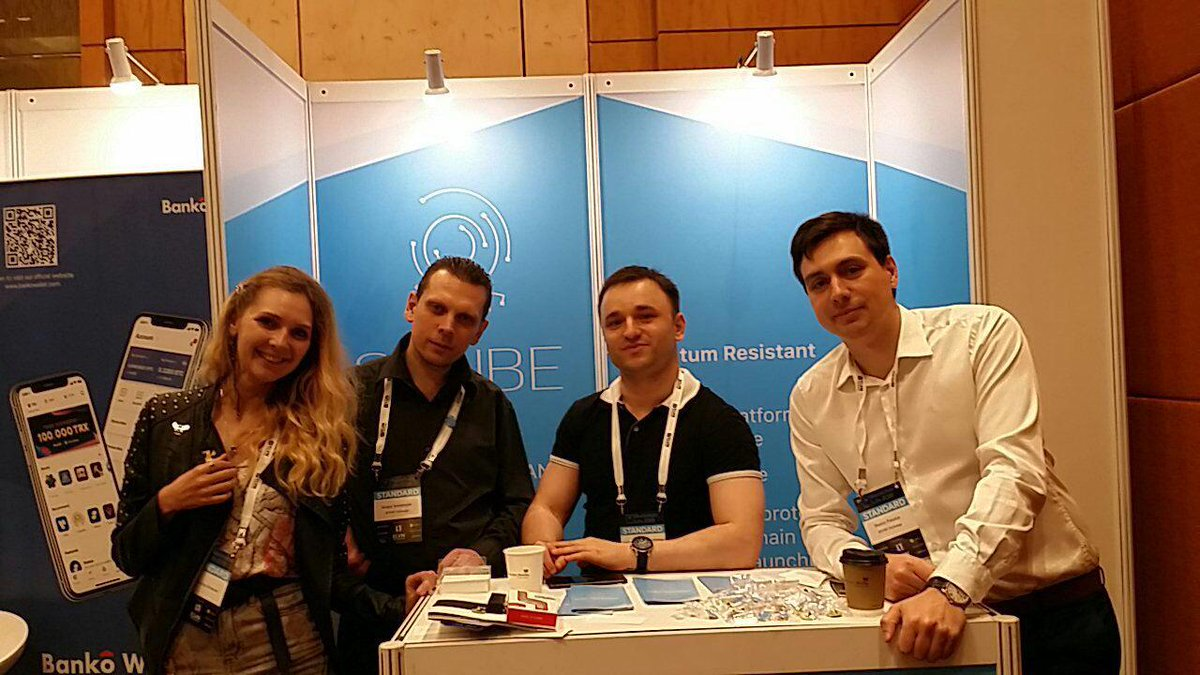Introduction
The world is changing fast. New technology, which exists only in the imagination of fantasy writers, cuts our lives. The computer age began less than 80 years ago and today almost every family has several devices with processors that are much faster than the first multi-stage computing machine. The tools are related to building local and global networks, demonstrating extraordinary capabilities in data collection and processing, reaching a level of comfort that was previously inaccessible to users.
In 1965, Intel co-founder Gordon Moore observed that computer capacity doubled every two years. Such an interesting dependency is called “Moore’s Law”. This law has been followed up until 2011 in the traditional computer industry which has somehow become the dominant technical task for all market participants. In 2011 the computer production industry faced the problem of physical limitations.
Synchronous operations of the processor with a large number of transistors cannot be guaranteed. Extensive development methods allow “Moore’s Law” to be applied in 7 years: the number of processor cores has increased. But this also ends – synchronization between cores leads to efficiency losses that increase faster than multi-core processor capacity.

Problem
related to state regulations In the nearest future all existing cryptocurrency exchanges are expected to be required to follow the requirements offered by the FATF (Financial Action Task Force). Today’s requirements for the cryptocurrency exchange function are not binding. They mostly involve registering new members and informing about suspicious transactions on the platform. Certain governments define the regulatory actions of crypto currency exchange.
The US legislative system implies the following requirements:
In Japan, the regulatory steps are as follows:

Today’s solution for tomorrow’s problem
In the era of rapid technological progress, practical benefits are only important. The idea behind an ambitious project for the post-quantum era was born after realizing the potential threats and impacts of the power of quantum computing, which represented a real threat to the global world of blockchain technology. QUUBE Exchange was created from the beginning with a vision against the dangers posed to DLT in the future.
Convincing security measures requires a lot of work. As the pace of progress continues to increase, developments aimed at preventing the possibility of disasters have become very popular. QUUBE launched its first test version of a blockchain that is resistant to counter-attacks in 2018 and has since never stopped researching more to make crypto spaces safer and more reliable.
QUUBE product
The main project products are the following:
Business model
projects Future users pay for services that are now expected to use them for the next five years.
Crypto wallet market overview
Crypto Wallet can be considered as a program developed for key management which is a multifunctional application that provides various additional services and technical capacities. Their functions go beyond the scope of simple cryptocurrency storage. All crypto wallets can be divided into groups according to various criteria: security level, cryptocurrency storage peculiarities, number of cryptocurrency available, etc.

The main type of crypto wallet
The main types of crypto wallets are as follows:

There are two types of local wallets shown there.
Cryptocurrency wallet structure
The total number of crypto wallets for one cryptocurrency reached 28.2 million (at the time of writing the review).
At the same time the number of crypto wallet users is less than the number of crypto wallets themselves. According to research data, more than 70% of the existing crypto wallets are not used (there is a loss of access to assets stored in the crypto wallet). Meanwhile many crypto assets owners have several crypto wallets of various types and moreover there are crypto wallets for storing other digital assets.
Cryptocurrency exchange advantage factors:
Geographical division of crypto wallet suppliers and users
Around 81% of crypto wallets are located in Europe and North America, but the indicated area is only 61% of users.
The geographical division of crypto wallet suppliers
Geographical division of crypto wallet users
61% of wallet users are in North America and Europe while only 20% of users represent the Asia-Pacific region. The next region according to the number of crypto wallet users is Latin America followed by Africa and the Middle East. The relatively small percentage of crypto wallet users in some regions can be explained by the fact that in some countries (for example China) owners of crypto assets use an exchange account for the storage of crypto currencies.

Attitude of wallets suppliers towards the current state regulation of the industry
Summary of QRP tokens
QRP tokens are selected for the initial bid. The token is planned to be launched on the ERC-20 standard using Ethereum blockchain. The QRP token has a utility token function that is used for stake lotteries that are provided for STO / IEO services. There will be no other way besides the QRP token
Tokenomik
ICO is expected to attract investor funds to launch the STO / IEO campaign. The stored token is locked during the assessment and promotion period before the distribution date. Staked is required for all tokens, including supported assets or non-assets. The minimum bet is 1500 USD which is 0.3% of the lowest capital equivalent to 500 000 USD that is allowed to be offered.

Expected allocation of funds during ICO is illustrated by the following scheme:
ROADMAP QUUBE
QUUBE TEAM

For more information, please visit the link below:
fatimahzahra
0xE0A253242eA5275282AE14724D833a49368Af8cA

Thanks for this. I really like what you've posted here and wish you the best of luck with this blog and thanks for sharing. STO Promotion Agency
BalasHapus